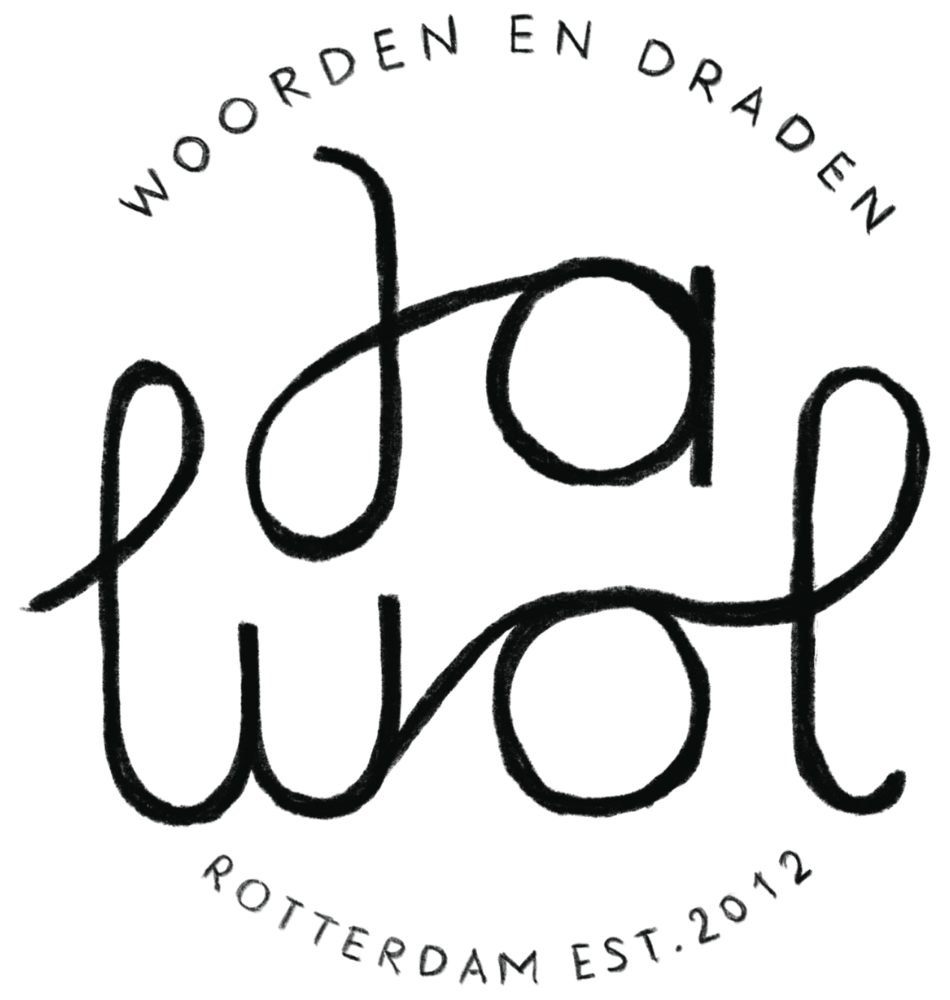One of my biggest wishes came true last weekend. I went rally driving! Ever since I was a kid I have wanted to step into a car and wildly but intently chase directions. I could picture myself in a cool car with a cool outfit from a very early age.
After a lot of slides and theoretic information about what rally driving actually is, me and my man finally went on the road and drove our way through 5 different navigation style maps (I had no idea there were so many…) to find the hidden letters and prove we actually went where we were supposed to go. In reality some letters actually prove that you went the wrong way, which f*@*’s with your mind in a big way.
It was quickly decided that I am the better driver and my partner is the better navigator. In all honesty we are a great team, we didn't even quarrel. A good old fashioned car fight would have made a better story though. 'Wide Windows' is what they call that in rally lingo. Ha! No wide windows for us.
If we decide to take it to competition level I might have to work on my excess information though; “Look honey, MERINO SHEEP on the left!!’ was important in the bigger scheme of things but not very helpful at the time.

We found our way through very complex navigating styles and more simple maps, two of which were:
- Follow a black arrow drawn on the actual road on the map (pretty straight forward and clear).

2. Navigating as close as possible to a black line on the map without crossing it using the roads. The black line is a straight line, not following any actual roads (doing this as well as possible with the given variable).

Now... BACK TO THE WOOL
In buying yarns for the Ja, Wol collection I use very similar navigating skills. They are maps I keep handy to run a business that is close to my heart.
- My first and most important rule is buying wool that is directly traceable to the source with preferably as little traveling between farmer, spinner, dyer, wholesaler and me as possible. I love a tiny footprint.
- Because I also want to offer yarns that are affordable and soft for a wider audience, I try to get as close to route 1. as possible with other yarns.
So if the yarn -in some cases- isn’t 100% traceable, I will only accept wool that is sourced in countries that don’t do mulesing*. I will also look at things like: is it a small family owned business? What does a brand does to support the community they work in? What bases do indie dyers use?
The brands in the second route need to verge upon the line of route 1. with at least two or three of the mentioned variables ticked before I add them to the Ja, Wol collection.

Susie, the shepherd shearing at the Little Grey Sheep
I will always, always ask questions and decline if a yarn or a brand doesn’t fit one of my two maps. Also if it is not sustainable in ways you might not have thought about. Merino singles (made out of short fibers that are not twined) are super soft but don’t last long. Cotton is a difficult one. Let’s save that one for later.
My collection is not based on trends or on yarns that are used in the latest cool magazine. It’s about quality and sustainability but you can still knit all the patterns with these yarns. When you shop at Ja, Wol you know I have done the navigating for you so you can feel GOOD about them as well as look GOOD in them.
I am happy to answer any specific questions if your maps are more detailed than mine. If you have more specific needs or if you want to know the details of any specific yarn. There is nothing I love more than a good customer-yarn fit.

The team at the Little Grey Sheep
My personal maps are almost identical to my shop maps, this is how I can keep doing this and sustain a love for my business. At the same time I love life and all it has to offer and I know that rallying might be a great metaphor for my curating, it isn’t the most sustainable hobby. So if I can help to let a lot less lorries drive to get yarns from the farmer, to the spinner, to the dyer, to the wholesaler, to the shop, I can probably feel a bit less guilty for a couple of rallying afternoons in a year.
I am not running for Pope here, I just try to life a good and balanced and fun life. So I will always be honest with you and hope that you appreciate this.

Fillature Fonty
Here’s the Ja, Wol top 10 in yarns with the smallest footprint:

Rauma Ullvarefabrik
(*explanation without pictures, https://en.wikipedia.org/wiki/Mulesing)

